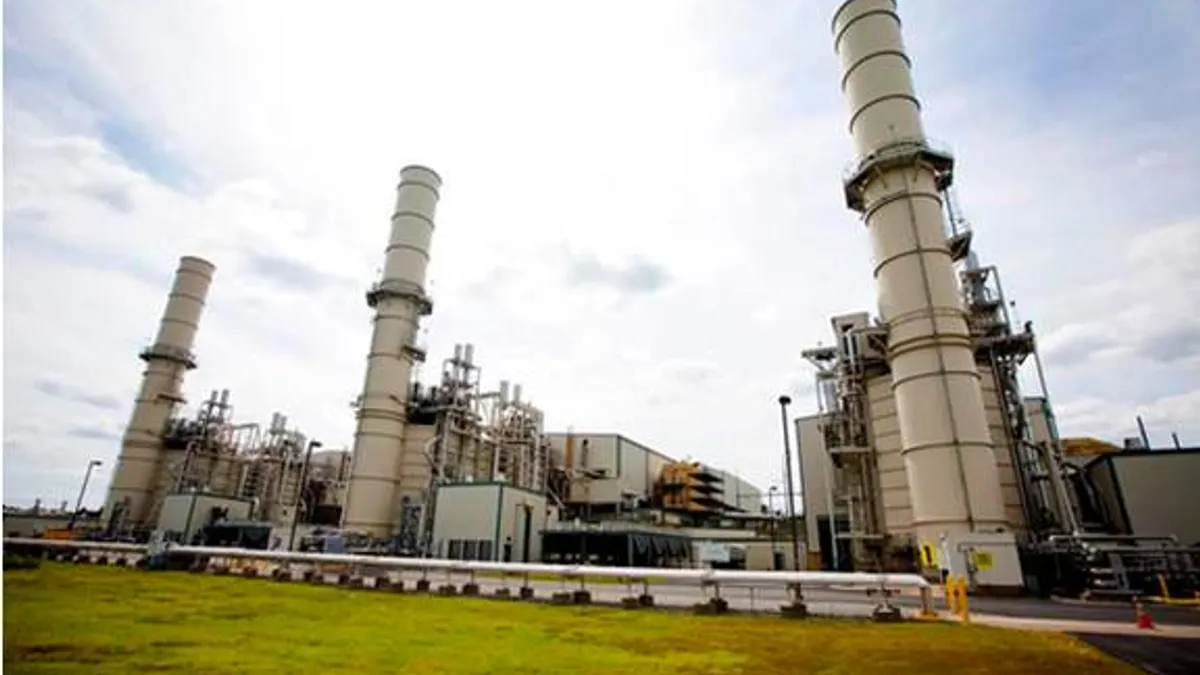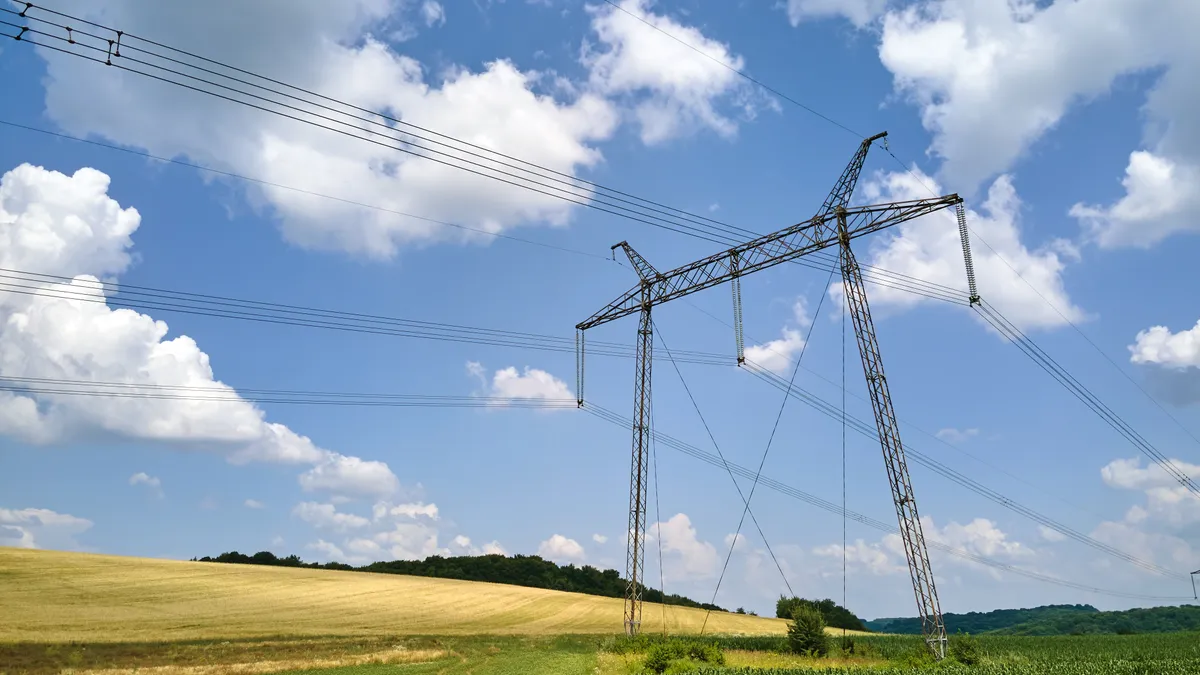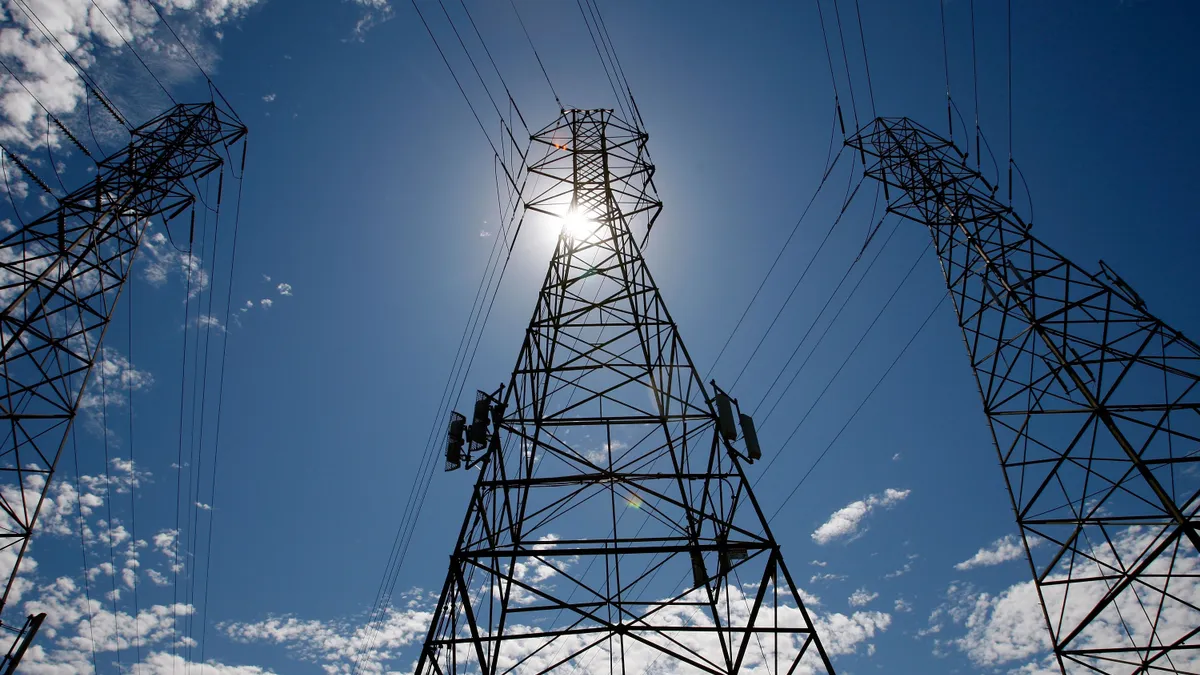Dive Brief:
- After a winter that saw natural gas prices pop — and coal-use subsequently spike — the U.S. Energy Information Administration believes the cleaner fuel will retake the top spot when it comes to power generation this summer.
- Total generation will be lower this June, July and August, compared with last summer, but EIA believes gas' share will be about 34%, and coal's about 32%.
- While natural gas took over from coal the top spot in generation last year, the trend reversed itself during the winter. But as the weather warms up, federal officials expect that to change again. Milder weather this summer, however, is expected to keep generation 2.4% lower than last summer.
Dive Insight:
The flip-flopping of leading fuel sources for power generation has been going on for two years now, but the trend is likely starting to turn permanently.
According to the EIA, natural gas first exceeded coal as the nation’s primary generation fuel on a monthly basis in April 2015, and last year for the full-year.
Coal retook the top spot during the colder winter months this winter, but is now falling back.
EIA said that during the first quarter of 2017, gas prices at the Henry Hub trading point averaged $3.01/million Btu (MMBtu) compared with $2.00/MMBtu during the same period of 2016. The agency said it expects Henry Hub prices will continue to average slightly more than $3.00/MMBtu through the summer.
"Natural gas share of the U.S. electricity mix fell from 32% in the first quarter of 2016 to 29% in the first quarter of this year, while coal’s share of generation rose from 29% to 31% over that same period," EIA said.
There is good news for renewables: Both coal and gas' share of generation will decline nationally, as hydroelectric and other carbon-free power increases its share. The Midwest region is now the only area of the country in which coal fuels more than half of summer electricity generation — about 54% according to EIA.
"In other regions, no single fuel provides the majority of electricity generation during the summer," the agency said. The Northeast and South regions are close — gas accounts for an expected 44% and 43% of total summer generation, respectively.
California's drought has now receded, after the state experienced record levels of precipitation and snowpack this past winter. Hydroelectricity’s share of generation in the West is expected to rise from 20% last summer to 27% this summer. Along with increased solar capacity, the change will pressure gas-fired generation in the West, which EIA said will fall from 34% to 27%.














